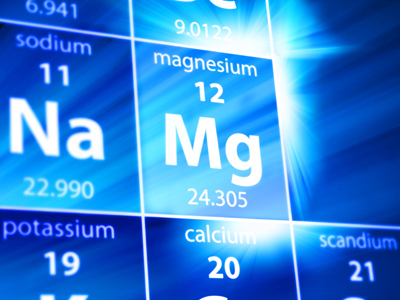
Chemistry - Ionic Bonding
This Chemistry quiz is called 'Chemistry - Ionic Bonding' and it has been written by teachers to help you if you are studying the subject at high school. Playing educational quizzes is a user-friendly way to learn if you are in the 9th or 10th grade - aged 14 to 16.
It costs only $12.50 per month to play this quiz and over 3,500 others that help you with your school work. You can subscribe on the page at Join Us
By the time Science students reach high school, they should have a good grasp of the fundamental ideas in chemistry. This quiz looks specifically at ionic bonding of atoms via the transfer of electrons.
Ready for more?
not all...
quizzers. Try to win a coveted spot on our Hall of Fame Page.







